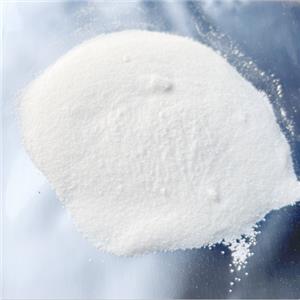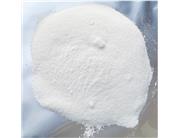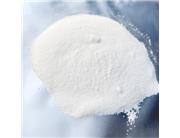| Common name | Bitertanol |
| Chemical Name | β -([1, 1′-biphenyl]-4-yloxy)-α -(1, 1-dimethylethyl)-1H-1, 2, 4-triazole-1-ethanol. |
| CAS No. | 55179-31-2 |
| Specification | 95% TC, 25% WP, 30% EC |
| Physical & Chemical Properties | FORMULA: C20H23N3O2.
M. W.: 337.42.
Appearance: White to tan crystals with a mild odour.
Melting Point: 49-50 a t25° C.
Vapor Pressure: 1.49× 10-12 mmHg at 25° C.
Solubility: Methylene chloride 100 ~ 200g / L (A is 200 ~ 500g / L, B for 50 ~ 100g / L), isopropyl alcohol 30 ~ 100g / L [20 ~ 50g (A or B) / L], toluene 10 ~ 30g / L [A of 10 ~ 20g / L, B for the 1 ~ 2g / L], n-hexane 1 ~ 10g / L [≤ 10g (A or B) / L], water, 5mg / L [2.9mg (A) / L, 1.6mg (B) / L. |
| Toxicity | Acute oral LD50 (mice) more than 8400-15000mg/kg, inhalation LC50 (2-hour) in mice is 5.0 mg/L. |
| Application | Control of scab and Monilinia diseases on fruit (at 156-938 g/ha); Rusts and powdery mildews on ornamentals (125-500 g/ha); Black spot on roses (125-750 g/ha); Sigatoka on bananas (105-195 g/ha); And leaf spot and other diseases of vegetables, cucurbits, cereals, deciduous fruit, peanuts, soya beans, tea, etc. As a seed dressing, control of smuts and bunts of wheat (4-38 g/dt) and rye (19-84 g/dt); In combination with other fungicides, also against seed-borne snow mould. |





 China
China

